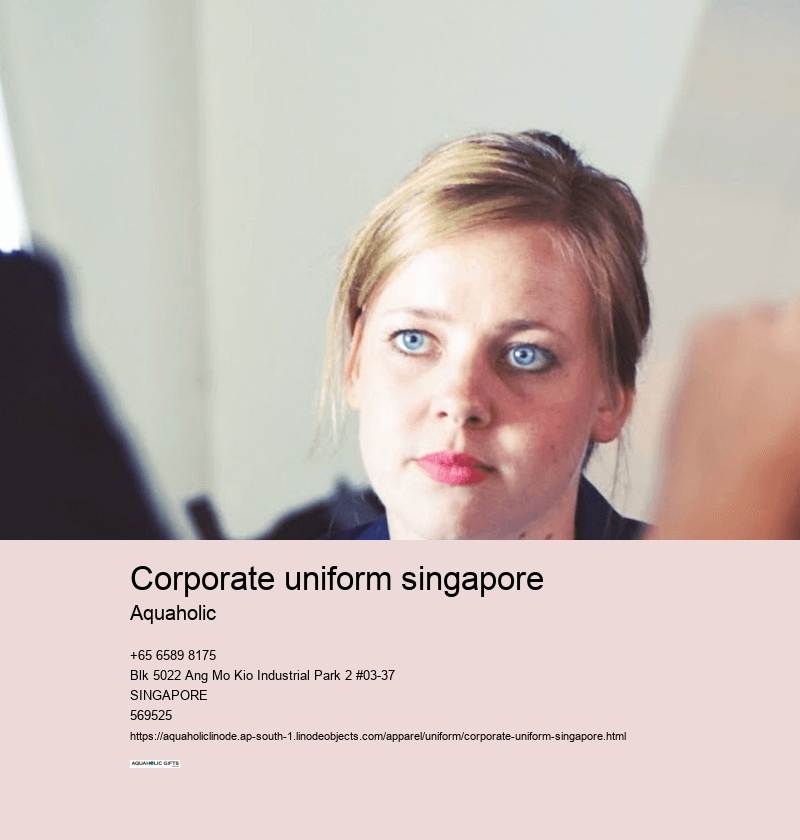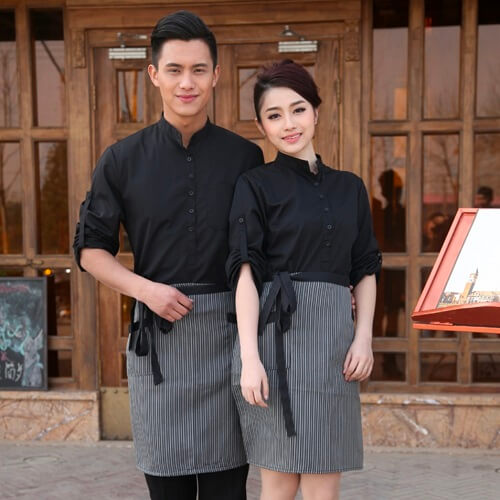corporate uniform singapore
printed uniform
Before embarking on this journey the design vessel must be strong and stable. Why? They could be the silent motivators, the markers of milestones, and the bearers of the brand’s legacy and ethos.
However, how do we achieve an equilibrium between fashion professionalism, comfort, and style when it comes to uniforms? Ergonomics makes sure that design is able to meet the body's needs to improve the comfort and efficiency of employees.
Discover the new frontier of technology by using synthetic fabrics such as rayon and polyester. It's more than just creating an appearance by incorporating elements that provide all-day comfort.
The wearers will be exposed to the heat of the sun or at a desk with air conditioning? The color selection will affect the comfort that the garment is wearing, particularly when it is exposed to various weather conditions.



